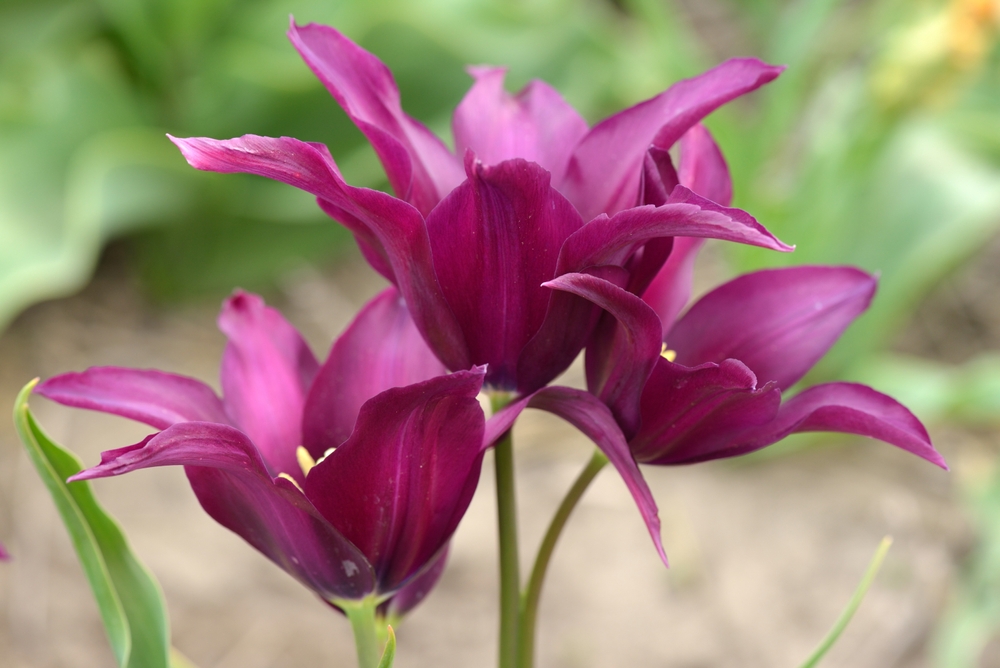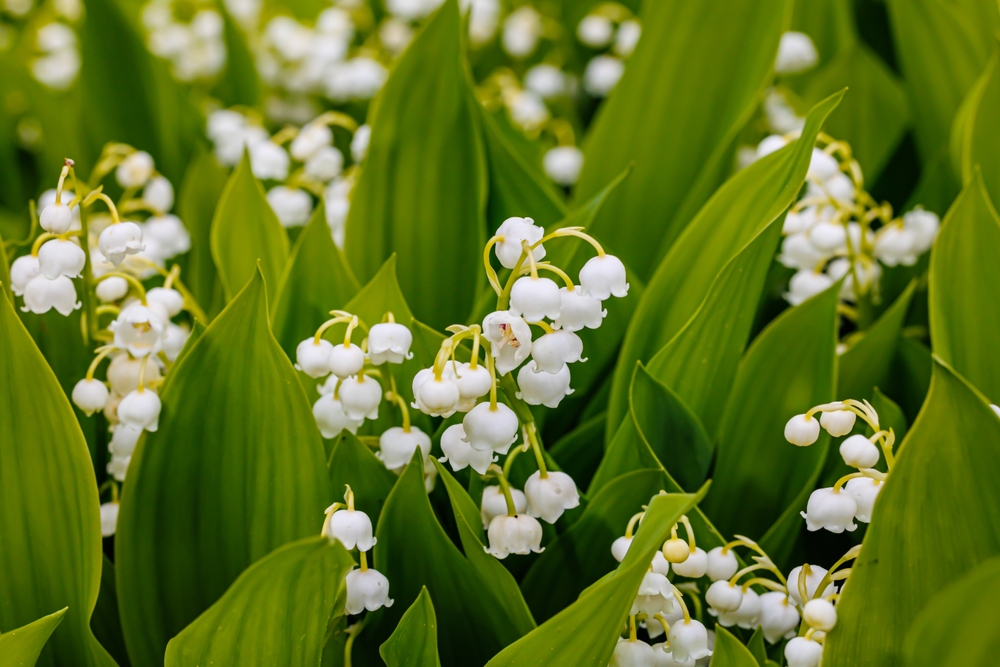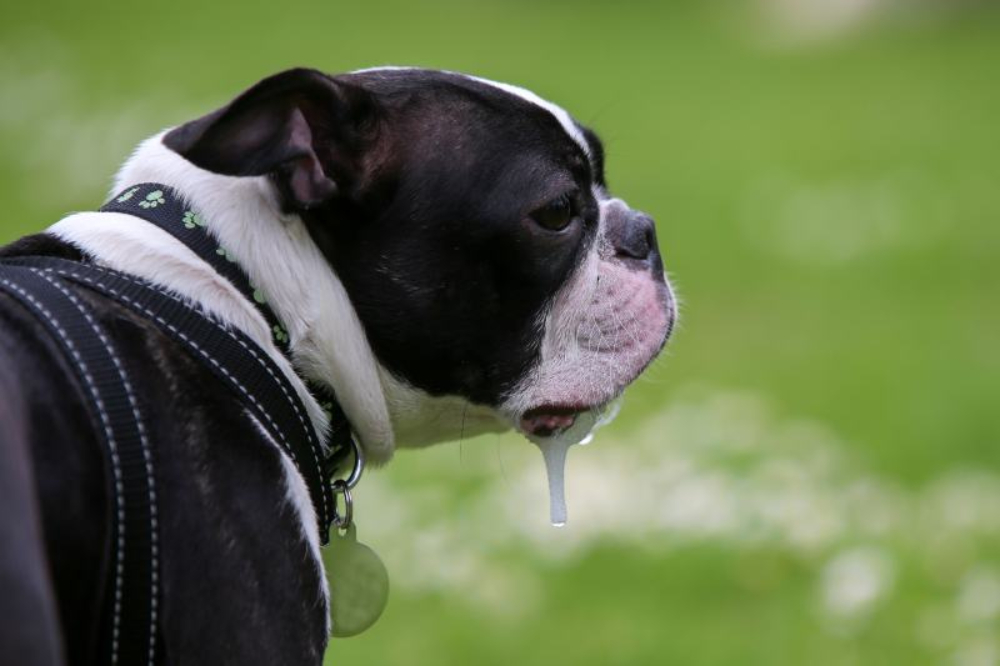Flowers could also be attractive, nonetheless there are undoubtedly only some within the market that can pose excessive dangers to your pets. Do it’s important to dwell with a canine, it’s vital to know which vegetation are protected. The lily household (Liliaceae)which incorporates about 15 genera and roughly 610 species, could be very referring to. Whereas vegetation from two genera on this household, Lily (True lilies) and Hemerocallis (Day lilies), are lethal poisonous to cats, their toxicity in canine stays unconfirmed. The extent of toxicity to canines of vegetation all through the Liliaceae household varies all by species, with some being almost innocent whereas others being terribly toxic. To complicate factors additional, some vegetation that aren’t really lilies nonetheless embody the time interval ‘lily’ of their names, along with to the confusion.
We’re able to definitively say that these vegetation are extra poisonous to cats than canine on account of their quite a few physiologies. The suitable recommendation we’re going to current is to keep away from along with any lilies to your yard or as houseplants in your individual residence in case you should have a pet. Prevention is by far one of the best remedy.

Examples of Poisonous Lily Species
Lilies as a gaggle are fairly a couple of. We’re able to say most species are perennial bulbs. Many species have showy flowers or are fragrant. Scientists discuss with these of the Lily genus on account of the true lilies. Many cultivars go by their scientific set up, making realizing this information helpful.
Canine are weak to unintended poisoning on account of their consuming habits. Many pups devour one factor they uncover, making canines extra weak to develop to be victims. That’s why we advise avoiding any lily plant altogether since most accidents happen all through the pet’s dwelling. As outlined, the diploma of toxicity varies with the species. For instance, the Easter lily (Lilium longiflorum), which belongs to the Lily genus, shouldn’t be documented as poisonous to canine, nonetheless this can be very poisonous to cats.
Species of vegetation all through the Liliaceae household which might be poisonous to canine—and cats as efficiently—by the use of diversified toxins embody the following:
- Tulip (Hearth species)
- Hosta (Hosta plataginea)
- Climbing lily (Nice and proud)
- Lily of the valley (Convallaria majalisspp.)
- Lily of the palace or Barbados Lily (Hippeastrum)
Studying concerning the hosta, or plantain lily, shocked us, given how stylish the plant is for landscaping. Hostas embrace saponins, which set off gastrointestinal factors in canine, cats, and horses after consuming them. Notably, rabbits and deer can eat them with out struggling any unwell outcomes. Rutgers New Jersey Agricultural Experiment Station lists it as one among many least deer-resistant species. Nonetheless, the takeaway is that toxicity varies with the animal. So, simply because wildlife can eat a sure plant doesn’t counsel it’s protected in your canine.

Completely totally different Species of Vegetation Often called Lilies
There are a variety of vegetation usually referred to as lilies nonetheless are literally members of varied households. “Lily” has come to counsel any equally making an attempt flower, and as well as you’ll uncover hundreds variation on this report. Poisonous species to canine that don’t belong to the Liliaceae household embody the following:
- Lily of the valley (Convallaria Majalis)
- Calla lily or Trumpet lily (Zantedeschia spp.)
- Wild daffodil or Lent lily (Narcissus pseudonarcissus)
- Lily of the palace or Barbados Lily (Hippeastrum)
- Peace lily (Spathiphyllum)
- Impala lily (Adenium obesum)
- Flamingo lily (Anthurium scherzeranum)
We’ve included the scientific names of all these species since many have quite a few frequent names, additional complicating their classification. Some vegetation have “spp.” after their genus set up to degree that many species exist underneath that umbrella, together with many cultivars. Toxicity exists whatever the specific particular person species.

 Indicators of Poisoning
Indicators of Poisoning
The number of vegetation on our report solely scratches the bottom of the problems with lilies. The signs of poisoning may additionally differ on account of specific toxin and its outcomes. For instance, wild daffodils and lily of the palace embrace a toxin usually referred to as lycorine. This alkaloid is accountable for the indications of poisoning that regulate to the ingestion of this plant: vomiting, nausea, mouth irritation, abdomen ache, and diarrhea.
One in all many important frequent indicators of poisoning is vomiting. A canine solely ought to devour one bulb to degree out indicators of toxicity. The toxin is principally concentrated all through the bulb, nonetheless ingestion of the leaves is equally worrisome.
Completely totally different vegetation, just like calla lily and peace lily, embrace insoluble calcium oxalate crystals, which might set off mouth irritation when ingested or chewed. These crystals could find yourself in indicators like drooling, drawback swallowing, pawing on the mouth, vomiting, and swelling of the lips and tongue.
Lily of the valley could be very harmful on account of it incorporates toxins that can adversely have an effect on your pet’s cardiovascular system. Puppies and senior canine are on an important menace. Tulips are furthermore terribly poisonous on account of their tulipalin A and B content material materials supplies, which causes drooling, vomiting, melancholy, and diarrhea. The perfect focus of those chemical substances are all through the bulbs and there’s no acknowledged antidote.
The most typical indicators of toxicosis embody the following:
- Vomiting
- Drooling
- Diarrhea
- Lack of urge for meals
- Lethargy
- Abdomen ache
- Seizures


Analysis and Remedy
Ensuing from species range, there are fairly a couple of mechanisms of motion on the subject of unintended poisoning. That, in flip, impacts the treatment and prognosis. Do it’s important to suspect your canine has eaten lilies or any toxic plant, instantly contact your vet or the ASPCA Animal Poison Administration Heart hotline (888-426-4435).
💛 🐶 Speak To a Vet On-line From the Consolation of Your Sofa!

In case you may have to converse with a vet nonetheless can’t get to 1, head over to PangoVet. It’s a web-based service the place you presumably can discuss to a vet on-line and get the customized recommendation you want in your pet — all at an affordable worth!
Acquire a few of the remaining vegetation to take to the clinic with you for correct identification, if doable. You may also snap an image collectively collectively together with your smartphone. In case your pet isn’t exhibiting indicators, your vet could elect to induce vomiting. Additional treatment depends upon upon the toxin and should most likely embody supportive care, just like intravenous fluids and anti-nausea therapy.
Quick motion is essential since many flora species embrace doubtlessly life-threatening toxins. Points from unintended poisoning could comprise organ hurt, requiring extra care and doable hospitalization.

Prevention
Preserving these vegetation out of your yard and house is one of the best prevention. We strongly urge you to analysis any species to confirm it’s protected for pets. Don’t assume your canine will go away them alone. A bored animal will uncover factors to do, even stuff they shouldn’t, like consuming poisonous vegetation. Many are bitter and may deter your pup from ingesting them. Nonetheless, that’s not an answer nor a sensible methodology.
 Closing Ideas
Closing Ideas
Tons of of lily species exist, with quite a few ranges of toxicity. For instance true lilies and day lilies are terribly poisonous to cats, whereas not notably unsafe for canines. Nonetheless, completely totally different vegetation that belong to the Liliaceae household are poisonous to canine, and a great deal of completely totally different vegetation going by the lily set up are furthermore toxic to canine and completely totally different pets. Subsequently, we solely suggest pet-safe vegetation in your individual residence or yard to stop unintended poisoning. By deciding on pet-safe vegetation, you presumably can benefit from the beauty of nature with out inserting the one that you just love companions in danger.
Featured Picture Credit score rating score: Bhupinder Bagga, Shutterstock

